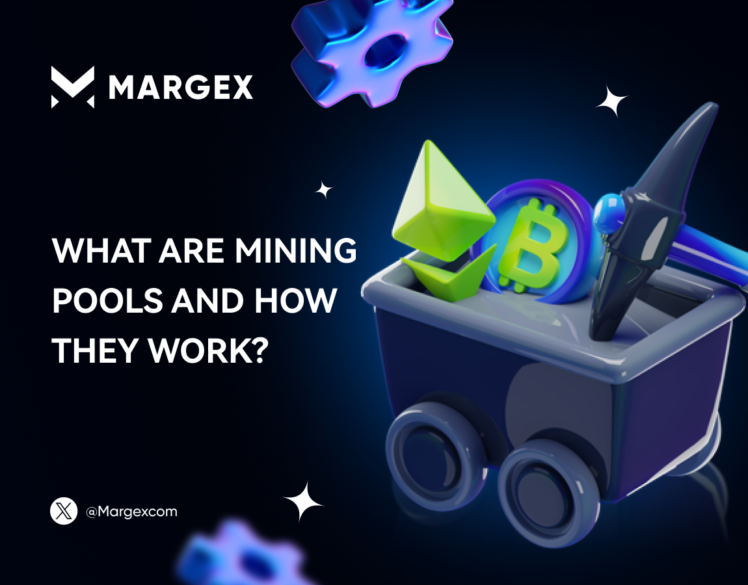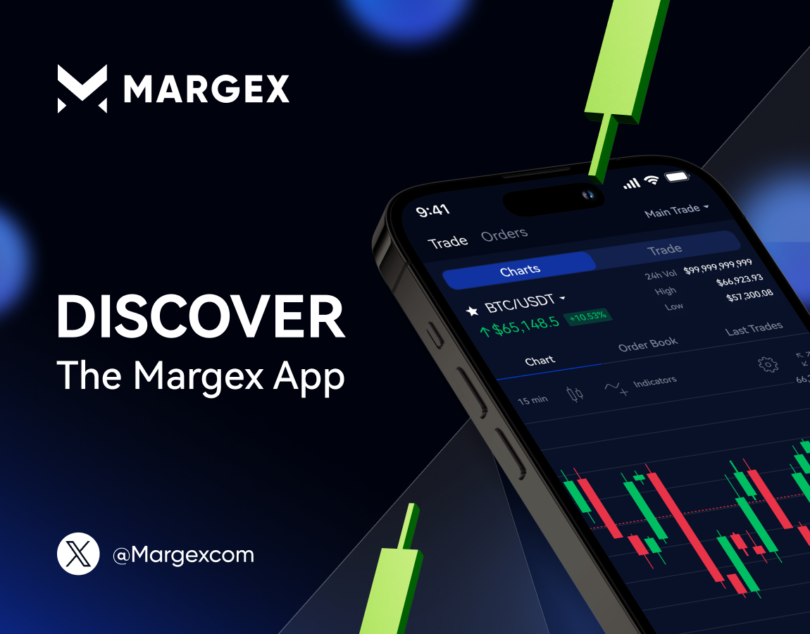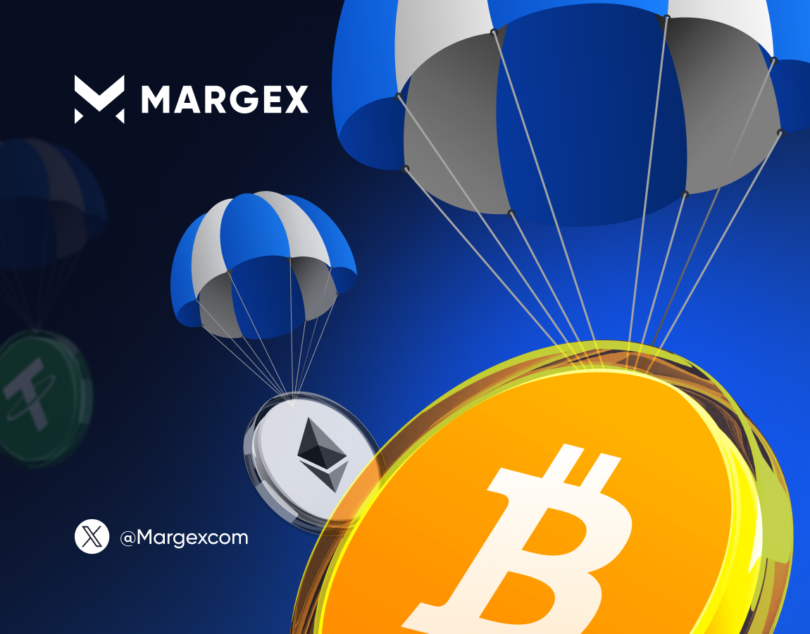What are Mining Pools and How They Work?

People originally viewed cryptocurrency mining operations as a contemporary equivalent of mining for gold because computers functioned in place of traditional mining tools for solving complex mathematical problems. The cryptographic calculations function as security mechanisms for blockchain systems and transaction validation protocols that yield new coins as payment incentives to miners. As mining became more competitive, many began wondering what are mining pools, allow individuals to combine resources and share rewards. This shift led to the disappearance of individual profits obtained through home computer mining.
Mining pools present an efficient response to this issue. Participants in mining pools unite their computer resources to enhance their block mining prospects by joining collective operations instead of mining alone through luck. Block mining rewards are distributed through a payment system considering member participation levels.
Most miners who want stable profits must join mining pools for a serious return on their investments. Large-scale mining operations currently dominate the market corner, making independent mining operations unable to obtain the same level of competitive success. Mining pools improve competitiveness by providing controlled earnings, stable reward unpredictability, and regular payouts.
Anyone interested in cryptocurrency mining must know how to operate and select mining pools properly. This guide explains what are mining pools, their features, protection measures, and procedures for joining one.
Understanding Mining Pools
In proof-of-work (PoW) cryptocurrencies, including Bitcoin, it becomes challenging to join cryptocurrency mining operations because computational strength determines success. The process of mining requires substantial resources which makes operating with inferior hardware systems a severe operational drawback. People who wish to participate in mining can use mining pools to share their computing power with others to enhance efficiency and accessibility.
Understanding Mining Pools and Their Role in Cryptocurrency Mining
What Are Mining Pools?
A mining pool combines multiple miners operating collectively to share computer resources and achieve mutual blockchain objectives. Mining groups unite their forces to enhance block validation puzzle success since individual efforts produce less efficient outcomes. After blocks receive confirmation, miners receive compensation according to their computed power contribution rate.
Every participant in a lottery syndicate purchases one ticket initially, but the chance of winning doubles with each additional shared ticket purchased until one member finally wins. A prize distribution occurs for winners, with amounts divided according to contributor investment levels. Mining pools work under the same principle to enable negligible miners to gain high efficiency and profitability in their mining activities.
Mining Pools vs. Solo Mining
Mining pools provide miners who lack solo mining resources with a competitive solution to validate mining blocks within the network. The sole mining reward goes exclusively to owners because they need high computational power, known as Bitcoin network hashrate, yet the opportunity to discover new coins is minimal.
A comparison based on fishing components helps explain the main distinction.
Solo Mining: Single miners operate in the vast mining ocean using only one fishing rod. Fishing for a catch remains achievable but requires patients who might spend their time between hours, days, or weeks.
Mining Pools: A mining pool functions like a multi-vessel fishing operation, increasing the chance ratios for successful fish harvesting with each added vessel. After receiving fish-type distributions, each crew member receives rewards corresponding to their contribution level.
Bitcoin experienced the early feasibility of solo mining, during which regular computers operated profitably. However, most people now find solo mining impractical because network difficulty rose while specialized mining equipment (ASICs) became necessary for extraction. Mining pools have become essential for most mining operations because large industrial miners constitute the main exception to this practice.
Advantages of Joining a Mining Pool
Mining pools offer essential advantages to their members, motivating most miners to join them.
Steady and Predictable Earnings: Mining pools distribute steady payments through their system because participants no longer need to wait for sole block mining success. The distribution of smaller earnings is more dependable than stand-alone income since miners can plan their finances more effectively.
Lower Barriers to Entry: Mining solo requires expensive hardware expenditures and high electricity costs since it requires substantial computing power. By joining mining pools, individual miners with limited computational power can share resources to earn part of mining rewards.
Reduced Risk and Variance: The probabilistic nature of mining results reduces risk and stabilizes outcomes. Any computer system in a solo mining configuration faces a risk of delayed reward acquisition, even when equipped with powerful hardware. Joining a mining pool minimizes reward uncertainty, as rewards are spread fairly throughout time.
Optimized Resource Utilization: A shared computing network enabled by mining pools allows members to boost their block-solving potential, thus maximizing the overall efficiency of all mining activities.
Mining pools offer various benefits, yet they do have certain disadvantages. Operating entities within mining pools require compensation fees and an expectation that reward distribution will be executed fairly. Large centralized pools produce concerns regarding how they might centralize the network’s power structure, which requires additional examination.
Understanding the Functioning of Mining Pools
Several mining processors working together through pools achieve better success in block verification by sharing the work of cryptographic puzzle problem-solving. A decentralized network functions in how multiple entities unite to complete work in mining operations. The following points describe the system.
The Mining Pool Mechanism
Mining pools act as facility centers that distribute mining work tasks to participants and allocate rewards based on the work contributed by each membeFor those wondering what are mining pools, they are collaborative groups that enhance mining efficiency by combining computational power. The following sequence describes the operational procedures of mining pools:
Mining pool members must register their mining operations with the pool, and their software must establish a server connection through its configuration settings.
When work assignments become available, the cryptographic problem is divided into smaller tasks by the pool, which it distributes to each miner. Mining tasks require miners to use different nonce values for block hash validation. Mining involves miners who process the assigned tasks and return their share measurements to the pool.
The pool unites all miners’ shares into one process that verifies both the hash value and blocks. When a miner inside the pool finds the required solution to a block, the entire pool receives credit for the discovery.
Pool participants receive their portion of mining rewards, consisting of block subsidizes and transaction fees, according to their submitted hashing power. The reward distribution among mining pools works differently in each pool, and those providing more computational power usually obtain larger payouts.
Computational Power and Block Discovery
The intensive mathematical operations in cryptocurrency mining need miners to run hash functions several times within each second to generate sufficient computational power for network difficulty requirements.
Mining pools include multiple participants who join their computational power to increase the chances of block discovery. Block discovery becomes more successful for mining pools because their combined hash rate offers superior competition against other miners.
A suitable comparison demonstrates the process of many people trying to break into a locked safe. Such a process would require a very long duration for an individual to attempt different combination sequences. A coordinated group of thousands performing simultaneous tests of different patterns achieves the goal with much greater efficiency.

Collective Contribution of Miners
The sheer mining power of every pool member connects to centralized pool operations to mine cryptocurrency. Through the pool system, miners receive properly allocated work, which stops them from calculating obsolete parts of the same puzzle. The distributed mining system enhances speed and power utilization to achieve the maximum mining capacity of the entire pool.
Mining pools with more members achieve stronger hashing power to succeed in block mining.
Understanding Mining Pool Hash Rate and Efficiency
When completing cryptographic mathematical operations, a mining pool achieves hash rate measurement through its speed. Modern crypto mining devices perform at different hash speed levels beyond H/s, such as TH/s up to the most extreme PH/s.
Higher Probability of Mining a Block: Building a mining pool substantially benefits from having a higher combined hash rate, which has several positive effects.
More Frequent Payouts: A mining pool’s increased hash rate provides additional opportunities to validate blocks before competing groups successfully.
Greater Influence on the Network: Observing more block discoveries from pools leads to regular payments being processed for their participants. The increased mining power of a pool results in enhanced network control during block validation procedures. Excessive network centralization challenges both network defense mechanisms and the network’s decentralized structure.
The Role of Computational Power in Mining Outcomes
A mining pool obtains its performance from its hash rate percentage in the total network hash rate. A pool with influence over 10% of the entire Bitcoin network hash power distribution should produce an average of 10% block mining rewards.
Mining pools that build their hash capacity through increased participant enrollment will control the mining sector and earn reward benefits more frequently. Small mining pools usually find it harder to win blocks, resulting in uneven payments to participants.
To obtain consistent profit from mining activities, individual miners must choose mining pools with high hash rates yet avoid overly centralized ones.
Mining Pool Shares and Contribution Mechanisms
All participants within a mining pool earn compensation even if they did not discover the valid block that receives rewards. Mining pools evaluate participant contributions through share measurements within their share-based operation.
A share functions as a valid proof-of-work result that matches a pool’s established difficulty standard, although it fails to match the blockchain network’s hash requirement. The more shares submitted to mining by participants will determine their success rate in earning rewards when a valid block is mined.
Methods for Tracking and Validating Contributions
The mining pool determines miner rewards based on shares measuring individual network participation. Mining pools use multiple payout methods, among which include:
Pay-Per-Share (PPS): Under Pay-Per-Share (PPS), miners get payments based on the number of valid share submissions they make that have no relation to block mining success. The consistent earnings through this method come at the cost of elevated fees that may apply.
Pay-Per-Last-N-Shares (PPLNS): Miners earn their rewards through Pay-Per-Last-N-Shares (PPLNS) by showing steady participation during the timeframe, which links to the most recent blocks produced by the pool. The payment system through this model mainly favors stable contributors who stay in the pool instead of miners who maintain short-term pool membership.
Score-Based Systems: Under a Score-Based System, pool contributors receive weighted shares, which act as a penalty against miners who continuously join and depart from mining pools.
Combining hash rate efficiency with structured share systems enables mining pools to develop an open and reasonable approach to collective mining. This approach ensures that payment distribution is proportional to each miner’s contribution rate.
Mining Pool Reward Distribution and Payout Strategies
Payment is the absolute fundamental goal of the mining process. The study needs to investigate in detail how mining pools pay out rewards and why particular pools provide greater incentive payment structures for participants.
Overview of Mining Pool Reward Structures
The payouts in mining pools follow specific reward distribution structures because unpredictive equal block rewards would lead to an unfair reward system that benefits large-scale ASIC operations as much as individuals providing minimal hash power. Mining pools operate determined methods to distribute payment rewards based on member contribution levels.
Mining rewards consist of two essential factors:
Managers who successfully mine a block receive a fixed amount of cryptocurrency through Block Rewards. Starting in early 2024, each block reward for the Bitcoin system amounts to 6.25 BTC units, while the algorithm reduces cryptocurrency rewards once every four years.
The block network allows users to pay fees, which ensures the processing and confirmation of multiple transactions in each block structure. Fee shares collected from transactions become part of mining pool distributions, yet the payment system used by the pool determines who will receive these shares. The distribution protocols in mining pools differ because each method brings specific advantages and disadvantages
Different Payout Methods
Mining pools operate at different revenue consistency levels because some deliver reliable payouts while others present challenging, high-risk procedures. Different payment mechanisms exist in mining pools. Below is an explanation of the most common models.
Pay-Per-Share (PPS)
People who want consistent income should choose the mining pools
Best for: Miners seeking a predictable income
Under the PPS model, miners are compensated a predetermined amount for every valid share submitted, independent of whether the pool successfully mines a block. This guarantees consistent earnings while transferring the risk associated with unfavorable outcomes and changes in mining difficulty to the pool.
Mining Reward Structures: Understanding Different Payout Models
Pay-per-share (PPS) is one of the mainstream mining reward structures that miners use to understand different payout arrangements.
1. Pay-Per-Share (PPS)
A mining arrangement best suited for those who need dependable regular earnings from their mining activity.
PPS miners get a predefined payment amount for each valid share they provide during the process, even if the pool misses out on block mining. Under this model, the income stream remains stable because it prevents variations from occurring. All operational risks fall on the mining pool, requiring higher fees to be charged to its members.
2. Full Pay-Per-Share (FPPS)
Miners can choose this model to obtain stable earnings and transaction fee rewards.
The implementation of FPPS extends PPS functionality by rewarding miners’ payments from block rewards and transaction fees. Miners obtain increased earnings through FPPS since this method pays out better than basic PPS during heightened network transactions. The incorporation of transaction fees improves the overall payout structure under this system. It still incurs higher fees due to its predictable payout structure.
3. Pay-Per-Last-N-Shares (PPLNS)
This strategy suits miners who adopt a long-term mindset and accept their payment amounts will depend on luck factors.
Miners receive payment through PPLNS according to their share contribution in the final block-producing “N” shares. PPS guarantees each share wins a reward, but PPLNS distributes payments only upon achieving successful block discoveries. Lower pool fees and potentially higher earnings over time. Mining pools may encounter prolonged payout delays because poor fortune affects their payment distribution.
4. Proportional and Score-Based Payouts
This mining system is most suitable when miners need an equity-based payment structure that lasts across multiple mining runs.
The rewards under proportional payouts depend on the number of shares contributed from the most recent mined block to the present. The time required to mine a block determines the earnings earned through proof-of-work mining. The score-based payout method gives more value to recent share submissions, eliminating the benefit miners receive from pool-hopping activities that promote quick reward acquisitions.
The approach establishes equitable payments, which prevents miners from taking shortcuts to increase their earnings. The irregular nature of earnings happens due to inconsistent payout systems.
Understanding Miner Rewards Distribution
Cryptocurrency transfers are made directly from mining rewards to miner wallets after the rewards have been established. Mining pool members receive their payouts automatically every day, but they need to sustain the intended minimum balance to start withdrawals.
Users can make wallet transfers to payment pools using on-blockchain protocols but must pay the network’s fees. Internal balances serve as off-chain alternatives that assist miners in building up funds for withdrawals while reducing expenses. Some mining pools enable cryptocurrency miners to choose either stablecoin or fiat currency direct payout options.
If you use basic mining equipment, it is important to look at minimum payment thresholds and payout frequencies before choosing a mining pool. But if mining isn’t your thing, you can always trade crypto instead – Margex offers a simple and secure way to do so.



